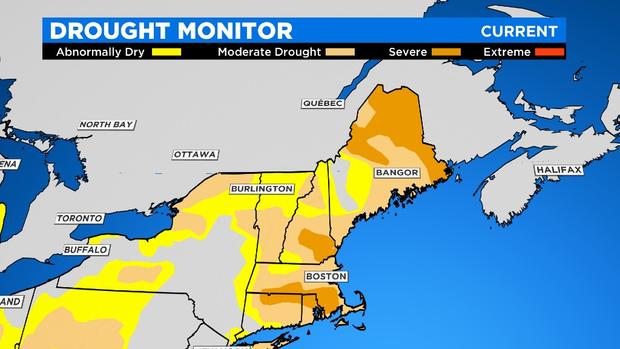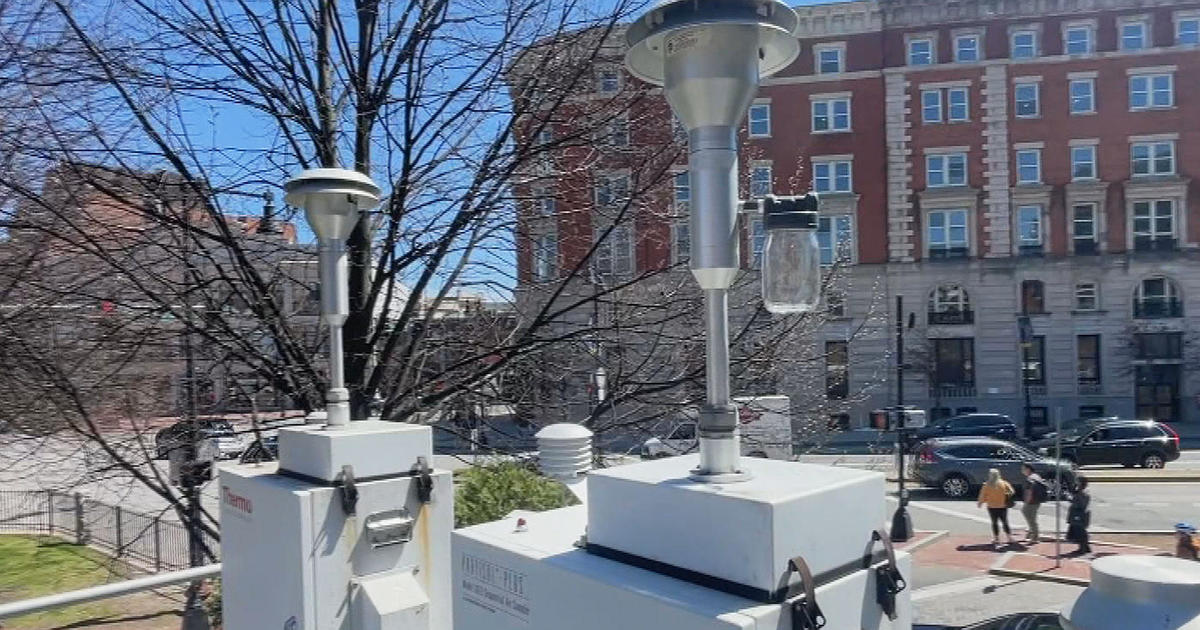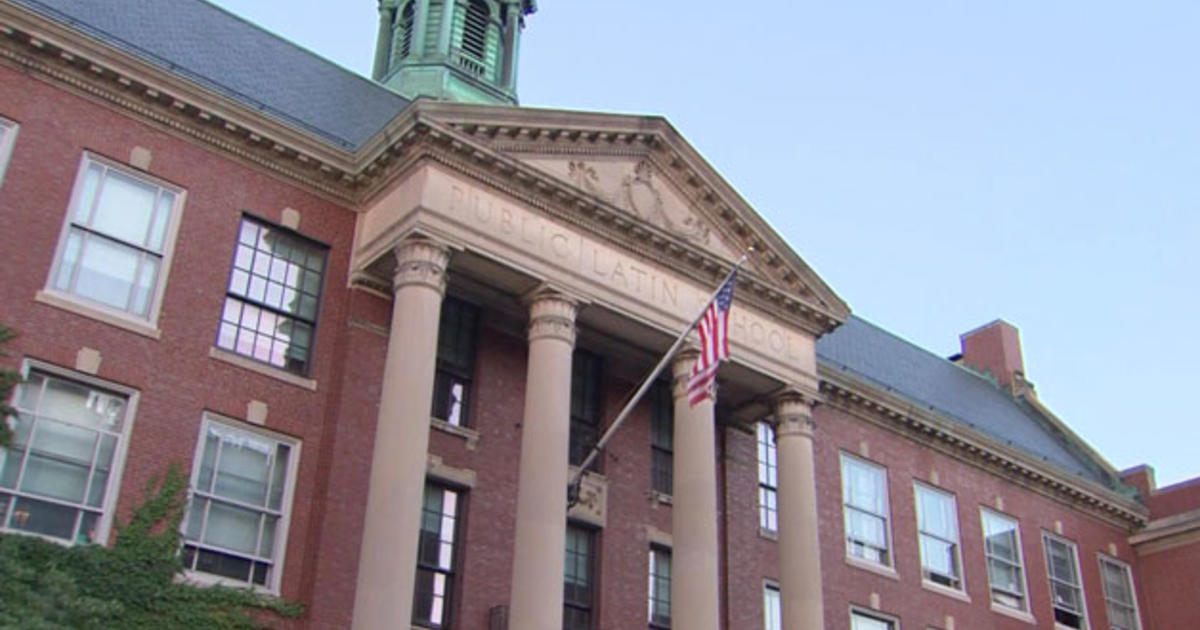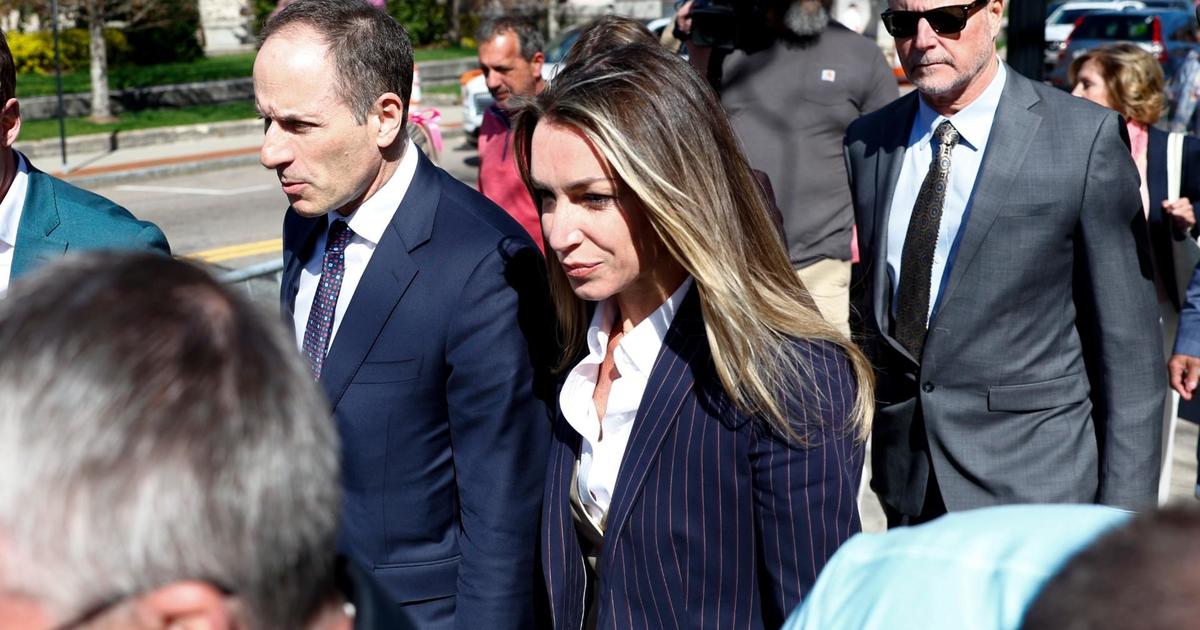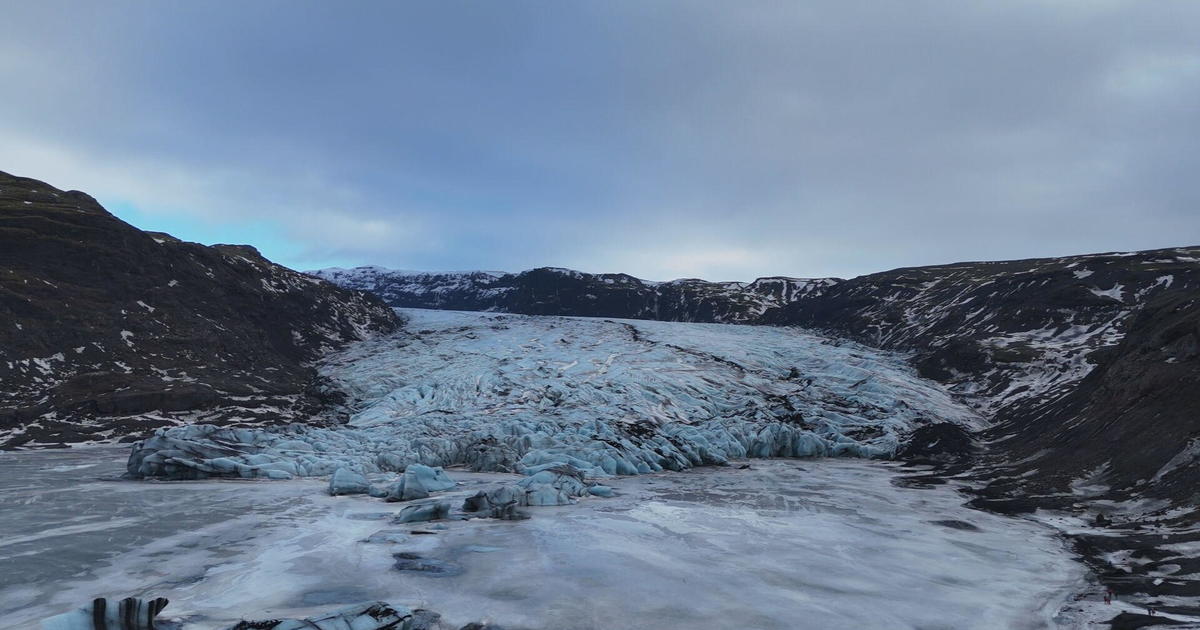25% Of Massachusetts In 'Severe Drought' After Driest Summer In Years
BOSTON (CBS) – I don't think this will come as a news flash to anyone, but it has been an exceptionally hot and dry summer. In fact, for many of our major cities and towns, the summer of 2020 will go down in the record books as a top ten hot and/or dry summer on record.
A quick look at the current standings as of August 20, with less than 2 weeks to go in meteorological summer (standings are for the entire period of June through August, obviously 2020 is missing the final week and a half).
HOTTEST SUMMER
City, Avg Temp, Rank
Boston 73.3 9th
Worcester 72.3 1st
Providence 74.9 1st
Hartford 75.0 1st
DRIEST SUMMER
City, Precipitation, Rank
Boston 5.10" 11th
Worcester 4.90" 2nd
Providence 4.98" 8th
Hartford 3.03" 1st
So, while this may have been a beachgoers dream summer, it has been less than desirable for gardeners and cold weather lovers. All that heat and lack of rain have led to a serious water shortage around the region. In fact, just today, a large portion of Southern New England was placed in the "severe" drought category for the first time this year.
All six New England states saw their overall drought conditions worsen in the last week. Now, over 25% of the State of Massachusetts is considered to be in severe drought. The same goes for more than 20% of New Hampshire and over 45% of Maine.
This designation comes from sampling and observing of a wide variety of factors including short term precipitation deficits, dry soils and low stream flow. Drought conditions are considered "short-term" as this has been going on for merely about 90 days, however rainfall deficits in many areas are between 4-8" for 2020 (about 2-3 months' worth of rainfall).
Just last week, the state of Massachusetts declared the State to be in "Level 2 drought," urging state and local officials to put renewed emphasis on water conservation.
So, what does this really mean? Long term, very likely nothing. If you look back at rainfall over the last several years, Boston and the surrounding area has been quite wet recently, so the risk of a long-term serious drought is very low.
Short term, there are some benefits to dry conditions. Lower mosquito populations and terrific outdoor dining conditions are just a few of the perks. However, if the dry conditions persist well into the fall, you will likely see many more restrictions on our water supply. Fall can be one of our driest seasons here in New England with so much of the rainfall dependent upon tropical systems or their remnants passing through.
Finally, so many lawns have turned brown. Let it go. By now, many lawns have gone dormant or simply have died. There isn't much you can do in the middle of August, in the heat of summer. You'd be wasting your time and money trying to reseed right now. And, with the local water restrictions it would be nearly impossible to give the lawn as much water as it needs.
Fall is always the best time to reseed and replant for next year. The cool, fall air stimulates growth and hopefully we will get a more regular supply of rainfall to keep the soil moisture more constant.


